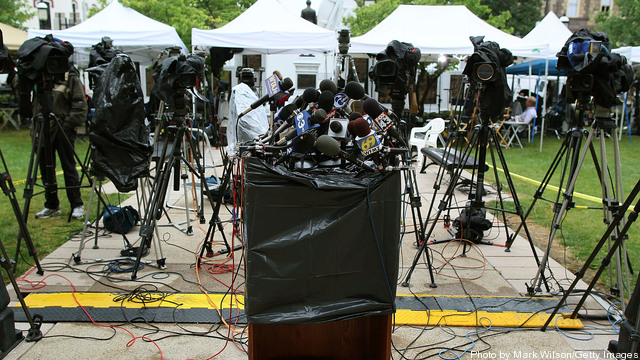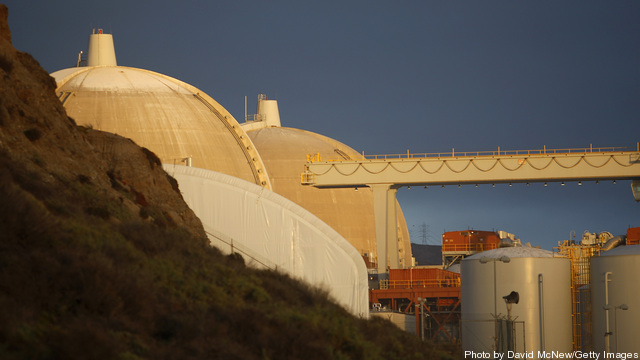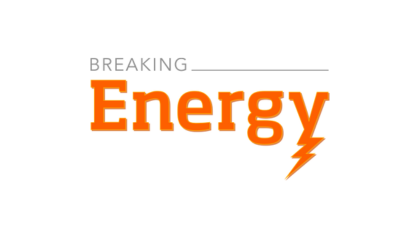
Making schools energy efficient need not be an exercise in sacrifice. Schools can get the same or better services, as well as increase the health and comfort of students and staff, all while using less energy.
The first step is to get an energy assessment that can help identify and prioritize opportunities for substantial energy and operational savings. Once these opportunities are identified, a school can develop a customized plan to reduce energy use, replacement and operating costs, and their carbon footprint. Common energy-saving measures for schools include installing high-efficiency lighting and lighting controls; heating, cooling and ventilation equipment; and motors, controls and variable frequency drives. Keep reading →









